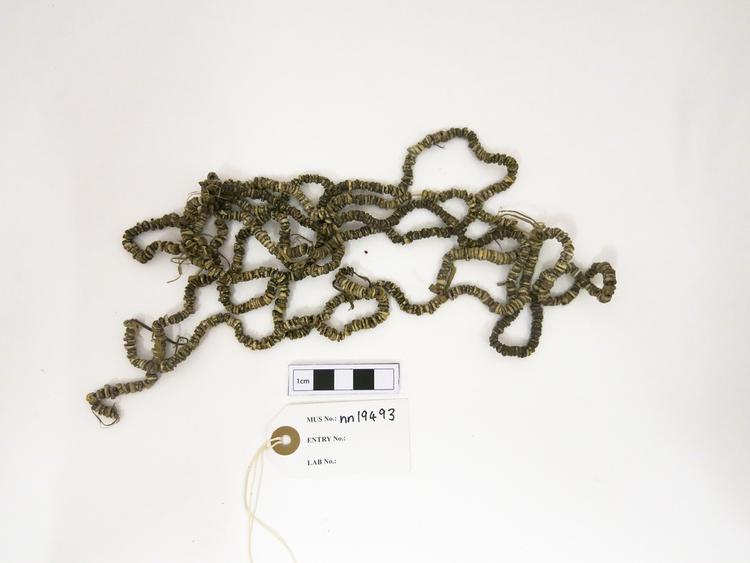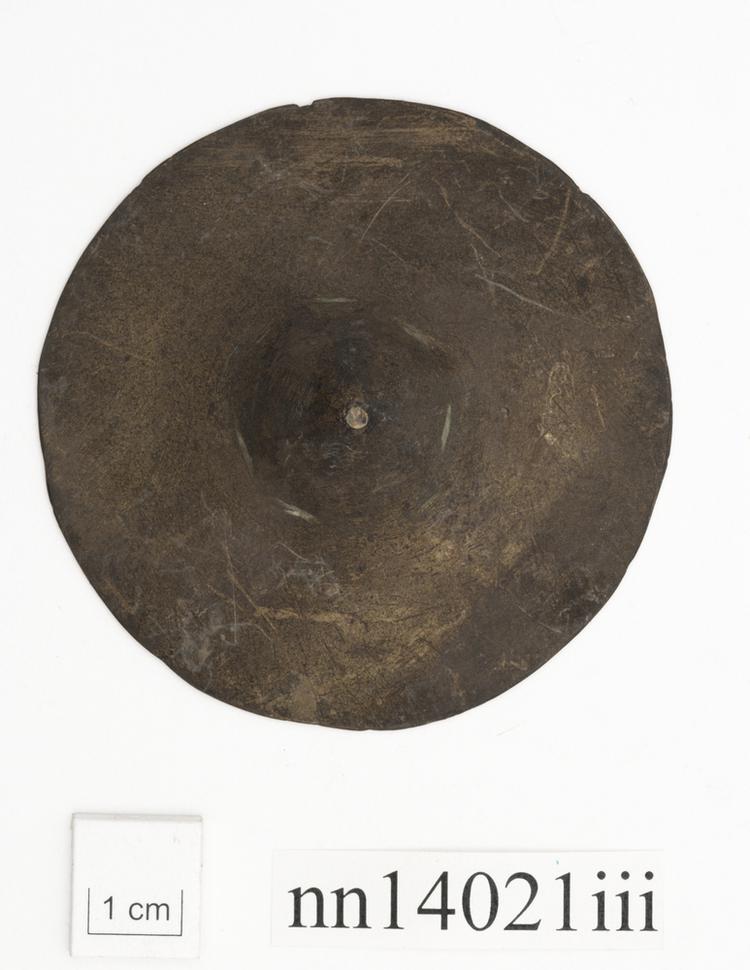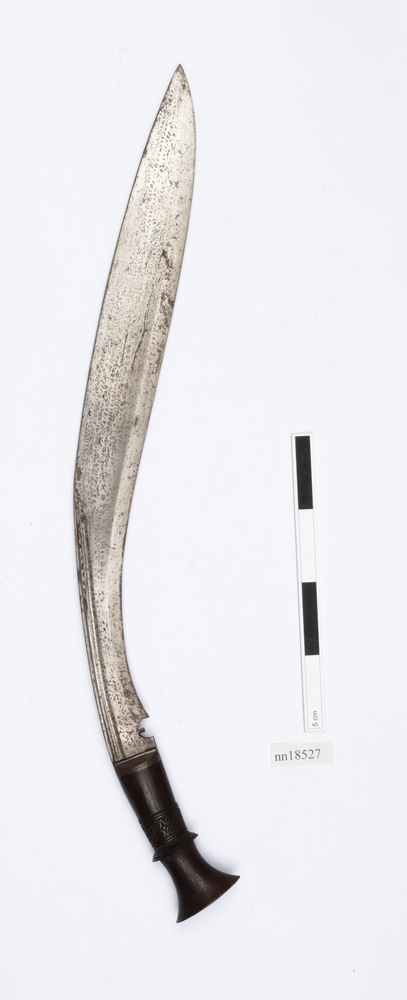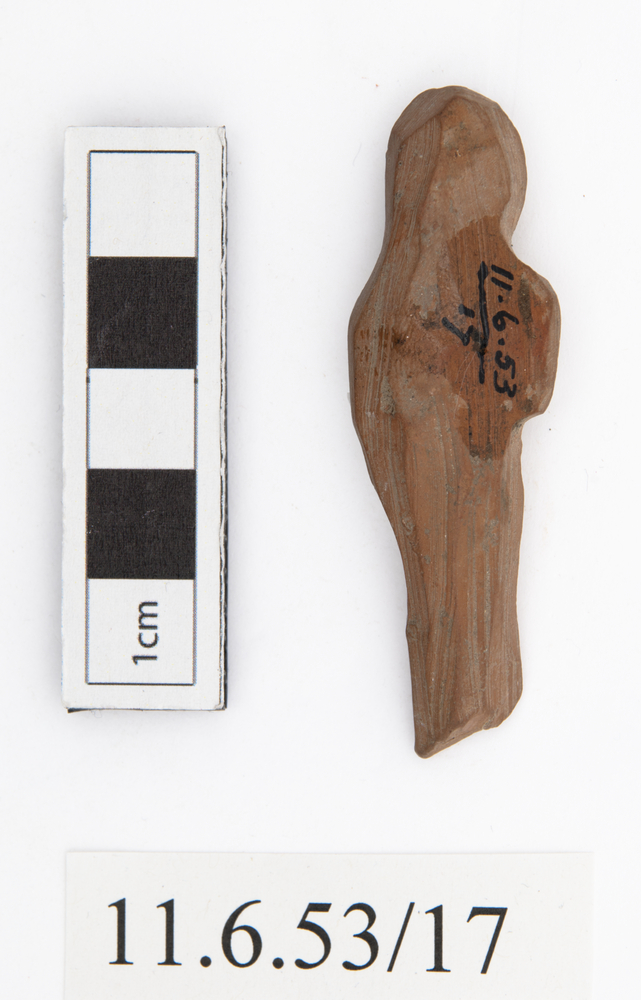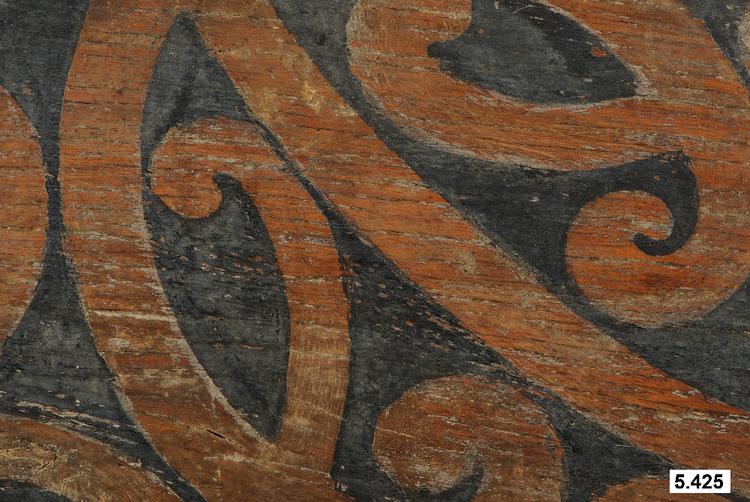
Wooden paddle with finely painted kowhaiwhai scrolls on it. The practice of painting paddles was abandoned by the Maori at the end of the 18th century.
Elaborately Painted Paddle, Hoe, New Zealand Maori. This Maori paddle (hoe) of totara wood (Podocarpus totara) is a finely preserved example of kowhaiwhai painting, that Maori decorative art which has become a strong feature of wharenui meeting houses and churches. It is a peculiar characteristic of kowhaiwhai painting that its unique combination of meandering and straight branching lines was historically only found on paddle blades during the later 18th century. It seems that such decorative painting of paddles was abandoned around the turn of the 19th century when it became popular elsewhere. More recent paddles were heavily engraved with the kind of iconography to be seen on many other wood carvings of the same period. This paddle, therefore, is likely to date to the earliest period of European contact (circa 1770-1800). The paint itself was manufactured by suspending finely ground charcoal in shark’s liver oil, which created a rich, dark paint with some preservative qualities. Wood, pigment. Late 18th Century. Formerly in the private collection of Mr. F. Smith.



